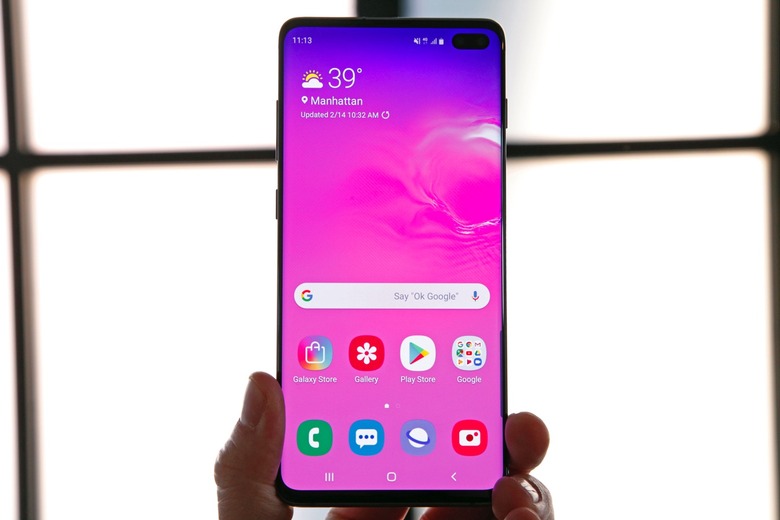Huawei Trolls Galaxy S10 With A Feature It Copied From The iPhone
The smartphone wars are only going to get more interesting this year, especially now that Samsung's Galaxy S10 is official. The Korean giant confirmed almost all the rumors that preceded the Unpacked press conference, but that doesn't make the Galaxy S10 and its variants any less impressive.
From design to new features to software, the phone is decidedly more interesting than its predecessor. And the fact that Samsung's biggest Android rival is already trolling the Galaxy S10 series is proof of that.
Huawei, which is looking to displace Samsung as the world's largest handset vendor this year (in spite of all the backlash it's facing in the US) is afraid of the new competition. The company took to Twitter on Wednesday to troll the Galaxy S10, and the results are hilarious, especially the following tweet:
Huawei is mocking the Galaxy S10's 2D face recognition technology by promoting the Huawei Mate 20 Pro's 3D Face Unlock tech. What's interesting here is that the Chinese giant is taking a hit at Samsung by using a feature it copied from the iPhone for a device that looks a lot like a Galaxy S with a notch. Don't get me wrong, the Mate 20 Pro is a phone like no other — probably the best Android phone that came out last year in terms of hardware. That doesn't change the fact that it's design isn't totally original. Months before that, Huawei was the only company that admitted that Apple was first to the notch, saying it wished it'd have been as courageous. The Mate 20 series, is, in fact, proof that courage works.
On a related note, the P30 Pro, which has been spotted in a few leaks so far, isn't expected to feature a large notch like the Mate 20 Pro, so 3D Face Unlock might not be available on the handset. And when the P30 Pro launches, it'll be difficult to argue that a smaller notch looks better than Infinity-O screens.
Huawei then went on to poke fun at Samsung's new phones by reminding the world it was the first to come out with triple-lens camera, and it was the first to launch a smartphone that can recharge other gadgets wirelessly:
These are, of course, fair points to make. But, while Samsung may have copied the multi-camera trend and the reverse wireless charging feature, the Mate 20 Pro — again — doesn't feature a unique design. The Chinese smartphone maker also made fun of the Galaxy S10 battery sizes, which are all smaller than the Mate 20's battery:
In other tweets, Huawei focused on the cameras of the Galaxy S10 and P30, suggesting its next handset will offer even more advanced camera features. Huawei's first 2019 flagship is set to launch on March 26th in Paris:
Finally, it's impossible not to notice that Huawei is adopting a page from Samsung's playbook: Mocking your main competitor's new phone. Samsung has done it for years to Apple, and now is getting a taste of its own medicine.
That's not to say that the Galaxy S10 is any less spectacular, and we've already told you about all the cool features the Galaxy S10 phones have to offer. But Huawei's quick strike at Samsung proves that we're going to witness a few great battles for control over the smartphone business in the coming years, and that's great news for consumers. A player like Huawei is probably what's needed to keep Samsung on edge. And if the two leading Android smartphone makers in the world are pushing each other, then great things should happen all across the Android landscape, and the mobile business as a whole. And, of course, the stronger the Android competition at the high-end of the spectrum, the more pressure it puts on the iPhone.
